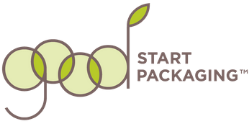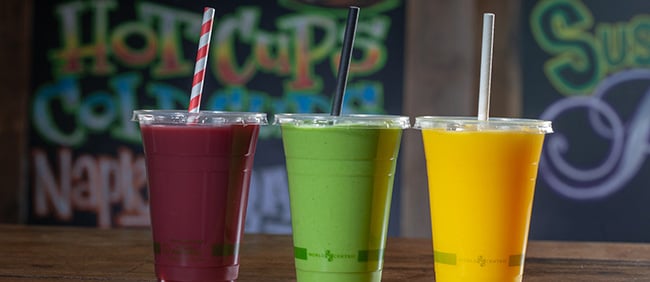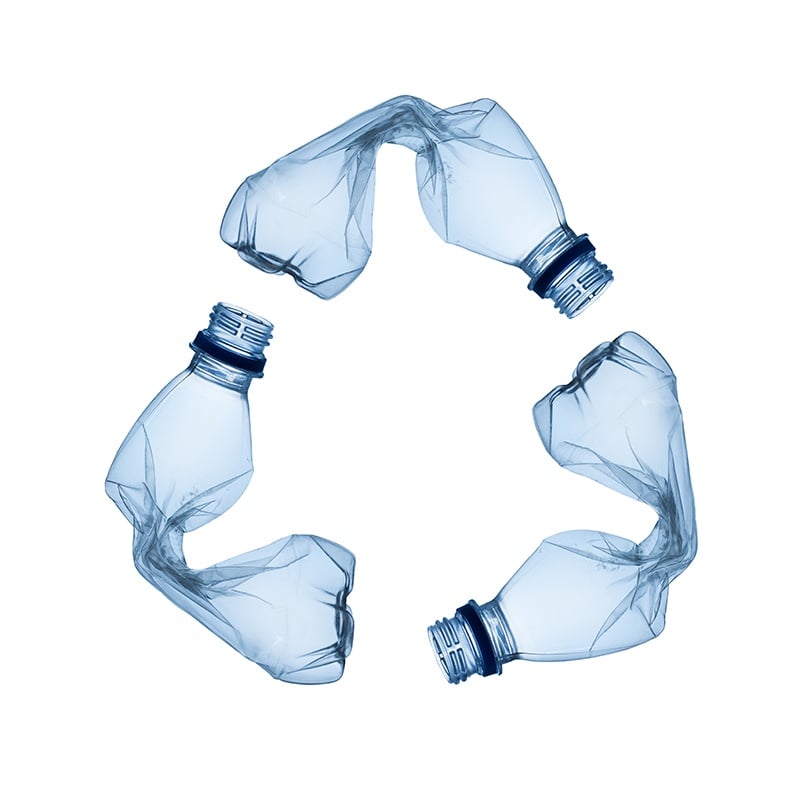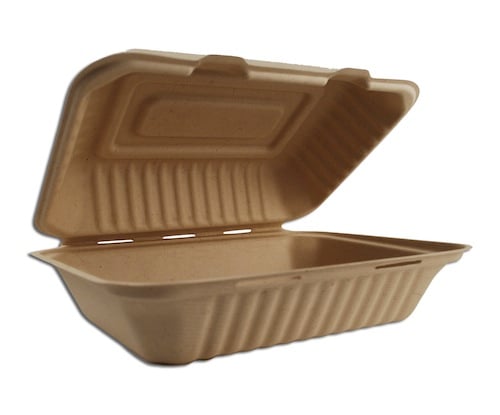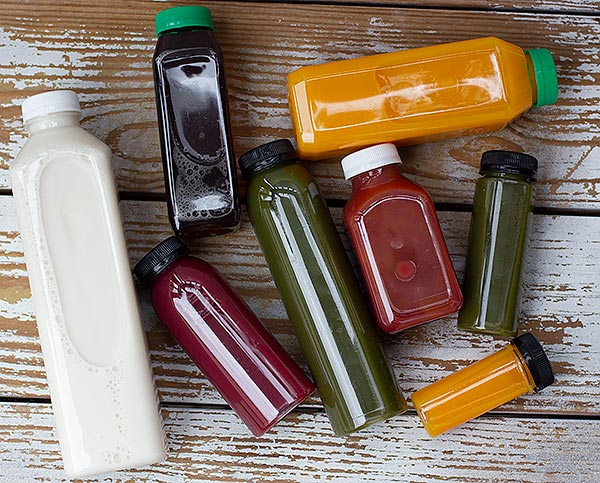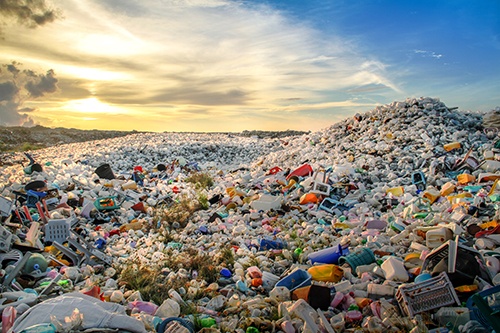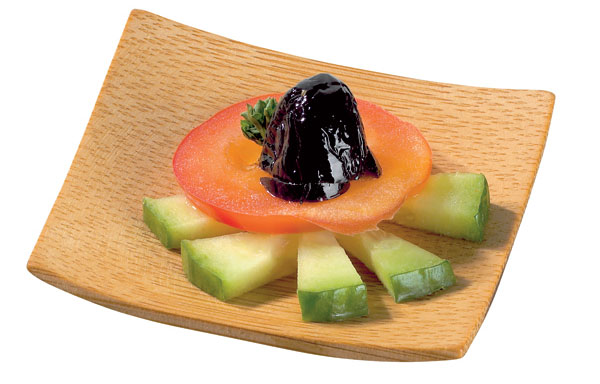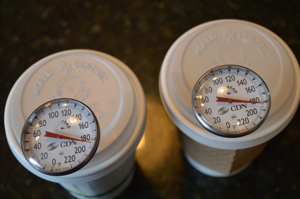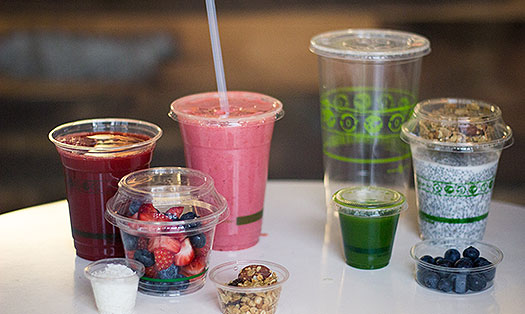Congrats! You've made the switch from single-use plastics to plant-based compostables. To make sure your packaging lasts for you and your customers, we've put together this easy care guide.
How to Care For and Store PLA Packaging For Food
By Good Start Packaging on Jun 5, 2019 3:20:02 PM
What Do The Recycling Symbols & Numbers on Plastic Containers Mean?
By Good Start Packaging on Jan 25, 2019 11:23:00 AM
While it may seem like a secret recycling code, the symbols printed on plastic items identify what items are made of. Plastic containers like milk jugs and water bottles all contain a numerical code for the resin type. This resin identification coding system was created in 1988 as a way to improve identification of resin types for recycling programs. This coding system is critical today.
Why Compostable Containers Make Sense Even if You Can’t Compost Them
By Ken Jacobus on Nov 26, 2018 9:01:00 AM
We often get questions from restaurant owners about the benefits of using compostable take out containers in cities where there is no commercial compost service for residents or businesses. Recently a restaurant in Oakland (which has a compost service) also wondered what happens if a consumer takes a compostable container and puts it in a city trash can instead of a compost bin.
We love these questions because it means people are becoming conscious of the massive amounts of food packaging waste we create and agree we need solutions for it.
Complete Guide to Juice Bottles
By Good Start Packaging on Oct 15, 2018 9:36:05 AM
You’ve put care into creating your signature line of juices, to go cocktails or cold coffee drinks. You’ve picked the highest quality ingredients and perfected your recipes through trial and error. Your juices and smoothies are healthy for your customers and for the environment. Use the same attention to detail when shopping for packaging to match. Here’s what to look for to select the right bottling options for your delicious creations.
Three Reasons Why Disposable Plastic is Unsustainable
By Good Start Packaging on Mar 11, 2014 9:03:00 AM
For decades, plastic, which includes polystyrene foam (e.g. Syrofoam™) film has been used to seal and protect food products. Foam is sturdy enough to support a modest amount of weight and other plastics, when sealed properly, keep foods fresh and free from contamination for several days at a time.
When plastic food packaging containers were first developed, they took off quickly because of their convenience and growing number of practical uses. While they were easy to use and extremely cost effective, their use came at a high price for the environment. The damage to the environment was twofold. First because of the manufacturing processes and chemicals used in their creation and, secondly, due to littering and the amount of plastic and foam containers that ended up in landfills.
Guide to Bamboo Dinnerware
By Good Start Packaging on Mar 6, 2014 9:59:32 AM
Studies conducted by Canadian scientist Martin Hocking have demonstrated that making disposable paper products uses as much petroleum or natural gas as polystyrene plates. The study showed that paper product production uses 12 times as much steam and 36 times as much electricity.
Double Wall Insulated Coffee Cups vs Coffee Cup Sleeves
By Ken Jacobus on Mar 4, 2014 8:00:00 AM
There are few things better than playing with a laser thermometer, and drinking a lot of coffee while getting paid for it.
Today we’re testing the claims that double wall insulated hot cups are better than using recycled cup sleeves with traditional single wall hot cups. Double wall hot cups are made by manufacturing two paper walls with an insulating air pocket between them. Some manufacturers have claimed using a double wall cup avoids the need for a sleeve and keeps drinks hotter longer.
A Breakdown of Poly Lactic Acid
By Ken Jacobus on Jan 30, 2014 8:30:00 AM
As today’s market grows ever-greener, new technologies are emerging in an effort to meet the needs of industries seeking more environmentally friendly alternatives for packaging. Enter biodegradable plastics created with the help of poly lactic acid (PLA).
